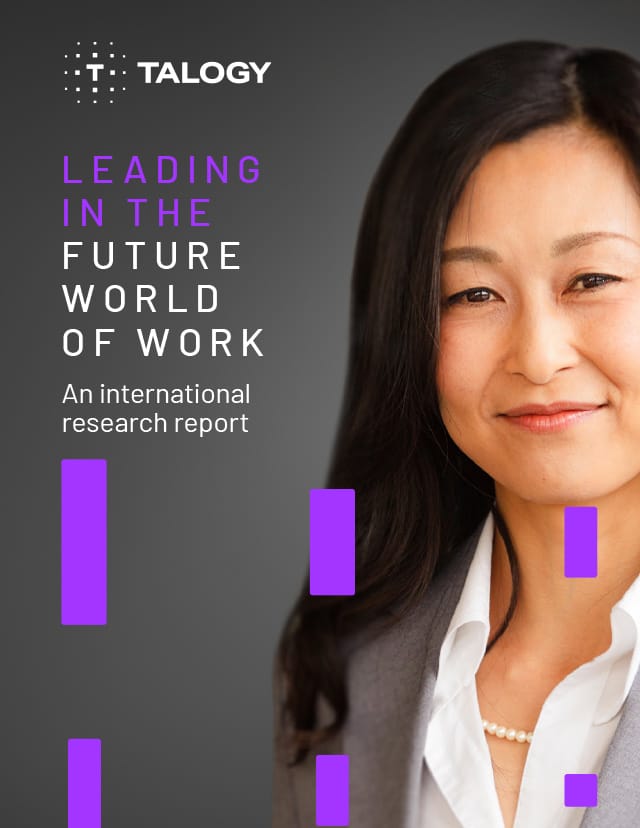Written by Claire McCue, Manager of Digital Marketing and PR
In the current work climate, we’ve seen a shift away from our work lives being separate from personal lives; our work lives blend into our personal lives – and vice-versa – mainly due to technology advances. While these technology advances allow us to be effective in both our work and personal lives, they have also lead to a major trend toward finding the perfect “work-life balance”. A key to finding that balance is through the benefits that employers offer to employees.
MetLife’s study on benefits trends found that “with so much change, employees are looking for more stability, protection, and a safeguard against disruption. If they can find it in their employer, they’ll show their appreciation through loyalty”. Many companies offer flexible schedules and remote work and are creating engaging, supportive, and fun workplaces to secure themselves as an “employer of choice”. The key is to provide a holistic benefits package to give employees the best overall experience and value.
According to MetLife, these are employers’ top benefits objectives:
- Retaining employees
- Increasing employee productivity
- Increasing employee satisfaction
- Controlling health and welfare benefits costs
- Attracting employees
- Helping employees make better financial decisions
At Talogy, our I/O Psychologists and consultants have years of expertise in these areas, helping business leaders and HR professionals recruit, engage, and retain employees. I’ve compiled our best resources to help you stay on top of each of these top benefits objectives, creating positive outcomes for both your employees and your business – which, in turn, will help you retain employees.
Below are the top benefits objectives that MetLife found employers are prioritising, along with our suggested HR solutions to help you reach these objectives:
1. Retain Employees
- Recognise employees. Make recognition personal and specific to the accomplishment. Money is not always what causes employees to stay or go. Monetary bonuses are always nice, but simply recognising a job well done is meaningful and drives employee loyalty. To retain talent, you must make employees feel appreciated, respected and worthwhile and that their contributions are important.
- Implement an effective recruitment process to build the foundation for other employee retention tactics, such as recognition and development. This will position you to choose candidates who are a good fit for both the job and the organisation by determining what competencies and skills are required for success. Then, use valid recruitment tools to identify individuals who have these characteristics.
- Evaluate motivational fit using employee assessments. Get this right and you’re more likely to hire employees who will stay and who will contribute to your organisation’s success.
2. Increase employee productivity
- Empower your employees. When people feel empowered, they are more likely to work harder and pay attention to details. An empowered workforce is generally better for productivity and the overall workplace climate.
- Be progressive, diverse, and inclusive. Gender-diverse companies are 15% more likely to outperform their peers and ethnically-diverse companies are 35% more likely to do the same, according to research by McKinsey.
- Gamify. “Gamification” is a driver of measurable productivity improvements and positive business outcomes. A recent case study we completed found that employees who achieved a greater number of medals and badges were twice as likely to be rated as “Top Performers” by their supervisors.
3. Increase employee satisfaction
- Offer opportunities for development. This tells your employees that there is room for progression. Give challenging and stimulating work. Tap into their passion and allow them to focus their time and energy on projects they can enjoy. Communicate what career development plans you may have for them.
- Make your employees feel they are an asset to your company. Allow them to feel secure in their job. Greet them by name, letting them know that you know who they are and what their contributions are to the company. Get their input. Encourage goal-setting and let them make their own choices as often as possible.
4. Control health and welfare benefits costs
- Offer health and wellness programs. It pays for companies to demonstrate that they value employee efforts and well-being by offering wellness programs. Organisational support for these programs is critical. This shows that the company genuinely cares about their employees.
5. Attract employees
- Be an Employer of Choice. To determine your “EOC” status, do a market analysis to consider what advantages the Employer(s) of Choice in your area are offering, compared to what you offer. What benefits do they offer? Are there opportunities for progression? What cultural benefits do other organisations offer that your company doesn’t?
- Analyse your recruitment process and selection system. Target your recruitment efforts and understand how to highlight the most attractive and competitive features of the job.
- Do a company culture gut-check with The Culture Checklist: Do You Work in a Good Organisational Culture?
6. Help employees make better financial decisions.
MetLife found that employees are concerned about their financial well-being, and 82% of employers believe that maintaining employee health and well-being is a responsibility of employers. It would be great if we could offer raises to all employees – but obviously, this isn’t a realistic solution. When you can’t adjust pay, implementing a good mix of benefits solutions can help improve employees’ financial situation and well-being.
A few examples include:
- Tuition fee reimbursement for continuing education classes.
- Incentives for healthy living. (Think: employee step challenge or partial gym reimbursement.)
- Pension contribution matching and quarterly Q&A sessions.
According to MetLife, 51% of employees agree that achieving financial well-being through benefits impacts their productivity at work. What better reason to revamp your benefits package?




